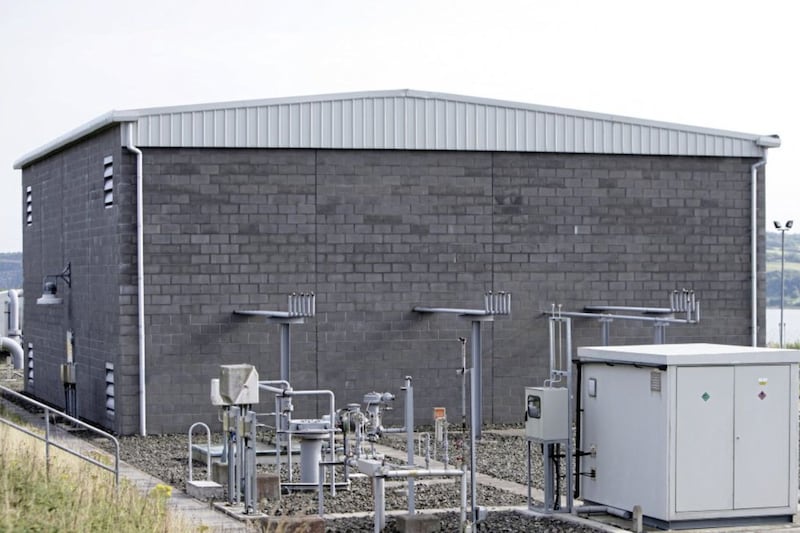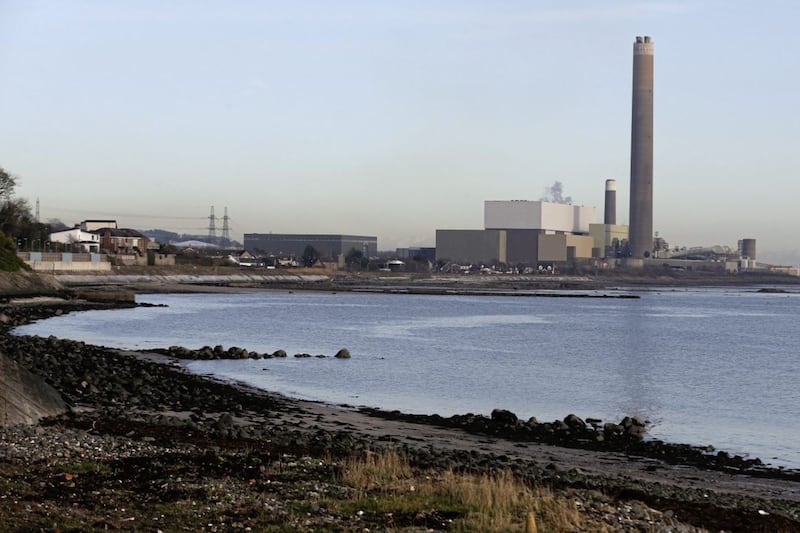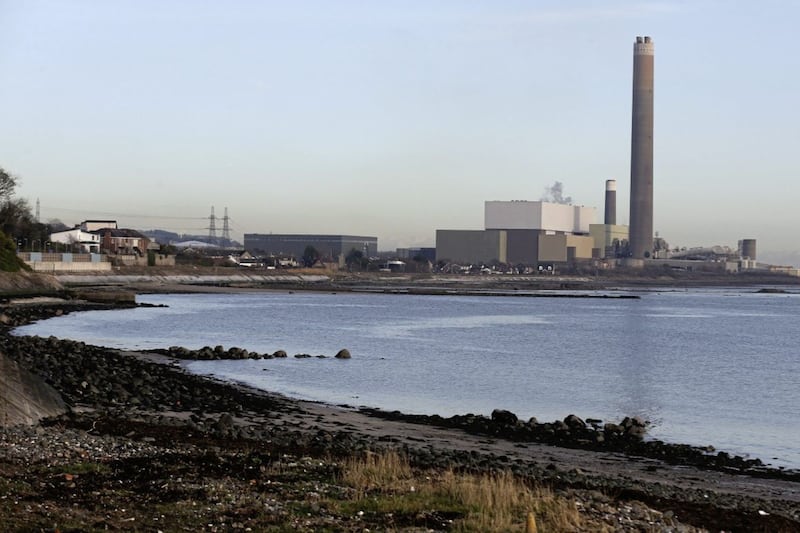A COLLABORATION players in the north's energy sector have been awarded close to £1m million of government funding to design a new technically-advanced type of storage facility which it believes will support the region's transition to net zero.
B9 Energy, Mutual Energy, Islandmagee Energy and the Net Zero Technology Centre are uniting to deliver the Power-to-X Project, which will be located at Ballylumford and which will convert power from wind turbines to green energy and also adapt a first of-a-kind longer duration energy storage.
The four organisations involved have been awarded £986,000 funding as part of the Department of Business Energy & Industry Strategy's (BEIS) Longer Duration Energy Storage (LODES) innovation competition.
Phase one of the Power-to-X Project will see the delivery of a front-end engineering design (FEED) to demonstrate the concept of innovative, first-of-a-kind, longer duration (more than four hours) energy storage technologies, which can be deployed at scale, and where green hydrogen from renewable energy sources such as wind and solar will be stored in underground salt caverns for later use as carbon free fuel in both the transport and power generation sectors.
Ultimately the Ballylumford project seeks to create a full-cycle hydrogen economy - from production, storage and distribution to usage at the site.
The FEED study will establish a set of requirements to improve the security and reliability of the UK and Ireland’s power system through curtailment management and the provision of a range of system services from net zero compliant technologies, including electrolysers, used to produce green hydrogen from surplus renewable generation, and a hydrogen-fired gas turbine.
The Ballylumford site has unique significance, combining strong connection to the gas and electricity transmission networks, interconnection with Scotland through the SNIP and Moyle pipeline and cables respectively.
The project will provide invaluable knowledge and open opportunities – allowing the generation of real-world data and practical experience in developing a high pressure 100 per cent hydrogen network and building an understanding of the associated legislative and regulatory framework surrounding such networks.
This will be critical both to delivering the crucially important energy transition for Northern Ireland and maintaining a robust security of energy supply in the future.
David Surplus, managing director at Larne-based B9 Energy said: “The award of this government funding from BEIS marks a pivotal moment in our nine-year quest to define and develop an energy storage project that will allow offshore wind farms to be connected to the Northern Ireland electricity network without the attendant risk of life-long business interruption caused by curtailment.”
Paddy Larkin, chief executive at Mutual Energy added: “Our overall purpose is to deliver energy infrastructure in the long-term interest of Northern Ireland energy consumers, so we're delighted to support the Ballylumford Power to X Project.
“It represents an innovative collaboration with the potential to bring significant energy security benefits to Northern Ireland consumers and support the necessary energy transition as we strive for net zero.”
He added: “Given our many years’ experience of managing critical infrastructure, we are ideally placed to develop the hydrogen network which will link the constituent elements of the project together and we are excited to work closely with other experts in the field on this pilot project feasibility study.
“Going forward, and based on current technology, there is no doubt hydrogen will be essential to meet Northern Ireland’s net zero targets, particularly beyond 2030, but the intervening time must be used to plan, develop, test, and build the necessary infrastructure.”







